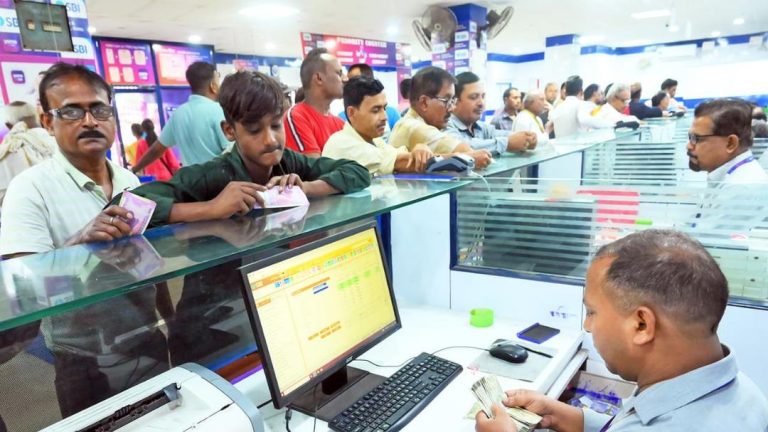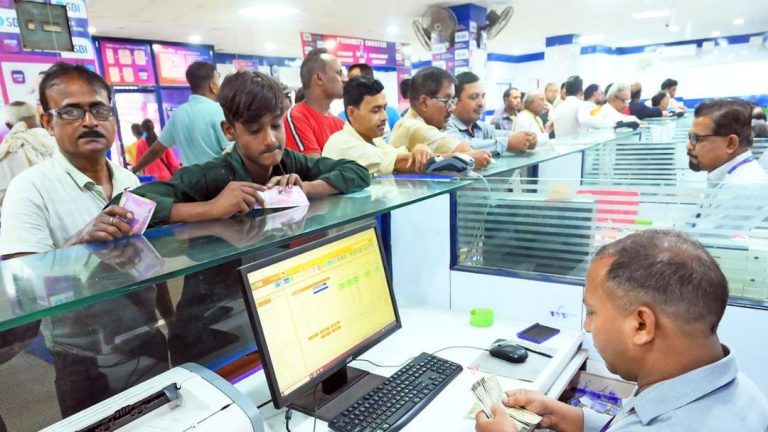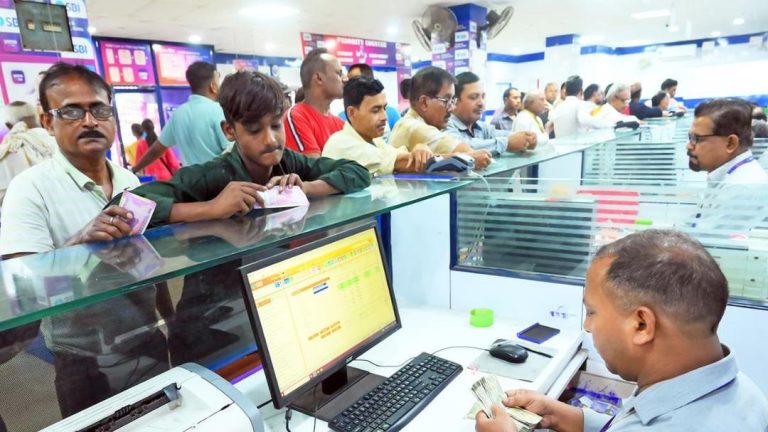
RBI’s Government Securities Holdings Jump to 14.2%: SBI Report
The Reserve Bank of India’s (RBI) share in government securities has witnessed a significant surge, reaching 14.2% in June 2025, up from 11.9% last year, according to a recent report by the State Bank of India (SBI). This increase in the RBI’s holdings is a notable development, as it indicates a shift in the composition of government securities ownership. The report highlights that banks have reduced their exposure to government securities, while insurance companies have maintained a stable holding. With the central and state governments’ heavy borrowings on the horizon, bond yields are expected to remain rangebound.
The RBI’s increased holdings of government securities can be attributed to its efforts to manage liquidity and stabilize the bond market. The central bank has been actively involved in Open Market Operations (OMO) to regulate the money supply and maintain the equilibrium of the financial system. The rise in the RBI’s share of government securities suggests that the central bank is taking a more proactive approach to manage the bond market and mitigate potential risks associated with high government borrowings.
The reduction in banks’ exposure to government securities is a significant development, as it may indicate a shift in their investment strategies. Banks have traditionally been major buyers of government securities, but the current trend suggests that they are diversifying their portfolios and reducing their dependence on government debt. This could be due to various factors, including changes in regulatory requirements, risk management strategies, or simply a desire to explore alternative investment opportunities.
On the other hand, insurance companies have maintained a stable holding of government securities, which is not surprising given their traditional preference for long-term, low-risk investments. Insurance companies typically prioritize investments that provide a stable return over the long term, and government securities fit this bill. The stability in insurance holdings suggests that they continue to view government securities as a reliable investment option.
The SBI report highlights that the central and state governments’ heavy borrowings in the coming months are likely to keep bond yields rangebound. This is because the increased supply of government securities will put upward pressure on bond yields, making it more expensive for the government to borrow. However, the RBI’s proactive management of the bond market through OMO and other measures is expected to mitigate this impact and maintain stability in the market.
Furthermore, the RBI’s forex interventions have also played a role in tightening liquidity, prompting the central bank to undertake fresh OMO moves. The RBI’s actions in the foreign exchange market have helped to stabilize the rupee and maintain a balance between the demand and supply of foreign exchange. However, this has also led to a reduction in liquidity, which has necessitated the RBI to inject funds into the system through OMO.
The implications of the RBI’s increased holdings of government securities are far-reaching. It suggests that the central bank is taking a more active role in managing the bond market and mitigating potential risks associated with high government borrowings. The reduction in banks’ exposure to government securities and the stability in insurance holdings also highlight the evolving investment strategies of these institutions.
In conclusion, the RBI’s increased holdings of government securities to 14.2% in June 2025 is a significant development that reflects the central bank’s proactive approach to managing the bond market. The reduction in banks’ exposure and the stability in insurance holdings also highlight the shifting investment strategies of these institutions. With heavy government borrowings on the horizon, the RBI’s actions will be crucial in maintaining stability in the bond market and ensuring that the economy continues to grow at a steady pace.




